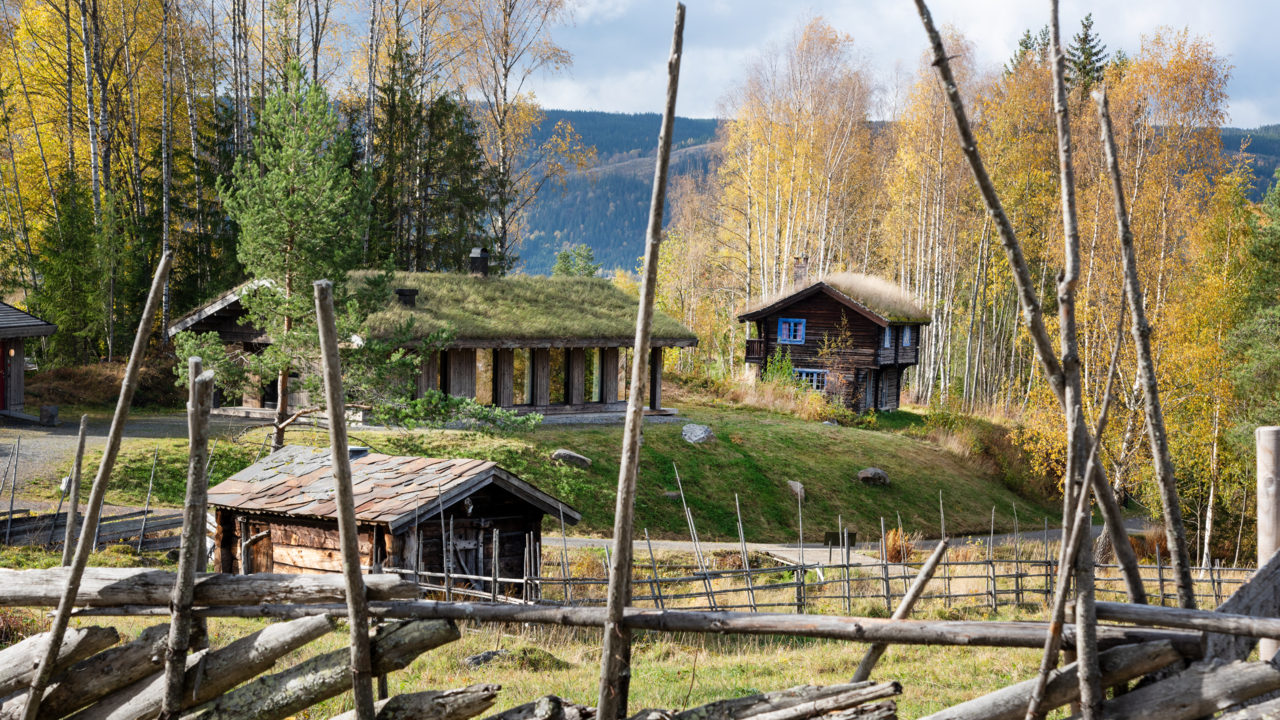
Photo: Camilla Damgård / Maihaugen
The Cabin Hamlet
The Norwegian cabin life.
The cabin hamlet is integreted as an extension of the mountain farm hamlet. A lot of the first cabins in Gudbrandsdalen were rebuilt mountain farms or situated close to the mountain farms.
Around 1850 the use of mountain farms was widespread all over the country. But new agricultural demands resulted in diminishing use toward the turn of the century and the beginning of the 1900s.
The increasing mountain tourism became important also for the mountain farms. In several areas in Gudbrandsdalen the old mountain farms became tourist cabins and camping sites.
The cabin hamlet represents different social levels and illustrateds a development from simple cabins at the beginning of the 1900s to more well equipped cabins over the last decades.
The mountain farm hamlet was established at Maihaugen in 1932. The museum founder Anders Sandvig stated the purpose:
From times eternal the mountain areas have had an indestructable connection with life in the valley. To the inhabitants of the inland valley, the mountain is like the ocean to those living in the coastal areas. During the long winter months, they yearn for the short and intense life «up there» during the summer. That’s why, in my opinion, the mountain farms belong to the total image of the traditional agricultural lifestyle in the valley.
The Kinck’s Cabin
The first cabin to be relocated to Maihaugen was the Norwegian author Hans E. Kinck’s cabin. The cabin was originally built in Mesnali, Ringsaker in 1911, and was reconstructed at Maihaugen in 1989.
It is a large two storey cabin, built as a country retreat to Kinck and his family and with a separate room for the maid. Kinck, like other people of means, were the first to build private cabins. The common people had to wait several decades before being able to fulfill their dreams owning their own cabin.
Myklebu
The post war period made building a cabin accessible to a broader part of the population. Small cabins were the norm, usually having two rooms – a living room and a sleeping room. Myklebu is an example of this type of cabin, built by Mathias Lundstuen in 1965. The cabin is from the Fåvang mountains in the municipality of Ringebu, and was donated to the museum in 2016.
The Cabin Vy
VY is a contemporary cabin built on Maihaugen the summer of 2018. The constructor is the company Leve Hytter in Øyer. Even being a modern cabin, it is inspired by the historic buildings at Maihaugen.
It has a traditional turf roof and it’s facade reminds of the external gallery from the open-hearth house situated close to the stave church at Maihaugen.
The cabin is approximately 100m2. The outbuilding is furnished as a public toilet.
The Labour Union Cabin
The labour union cabin was moved to Maihaugen from Nordseter, mountain area close to Lillehammer, in the autumn 2019. It was constructed in 1959 by Raufoss Iron Works Union.
After The Public Holidays Act in 1937, the factory employees got more leisure time, and needed places for vacations and weekends. Numerous labour union cabins and company cabins were built in Oppland county.
This Labor Union Cabin is an example of this tradition and a result of many construction phases and voluntary work hours.
Gråhøgdbu
The Norwegian Trekking Organisation (DNT) built Gråhøgdbu in 1967 as a self-service cabin in the mountain area of Venabygdsfjellet in Ringebu municipality. It consists of a main cabin and an emergency shed with a total capacity of 10 beds.
The aim of DNT was to complete their trekking route from Lillehammer to Rondane with overnight shelter for the hikers. The cabin was situated in the middle of the wild reindeer habitat, and therefore it has been a source of conflict. In 2020 the cabin had to close to protect the reindeer, and was replaced by a new cabin at a different site.
Gråhøgdbu was transported from the mountain area on a big sleigh, especially constructed for the purpose, in the winter of 2021. Watch how the cabin was moved from the mountains.
Gråhøgdbu represents the typical DNT cabin which, with the T-marked trails, have constituted the most important infrastructure for the hiking tourism in Gudbrandsdalen.

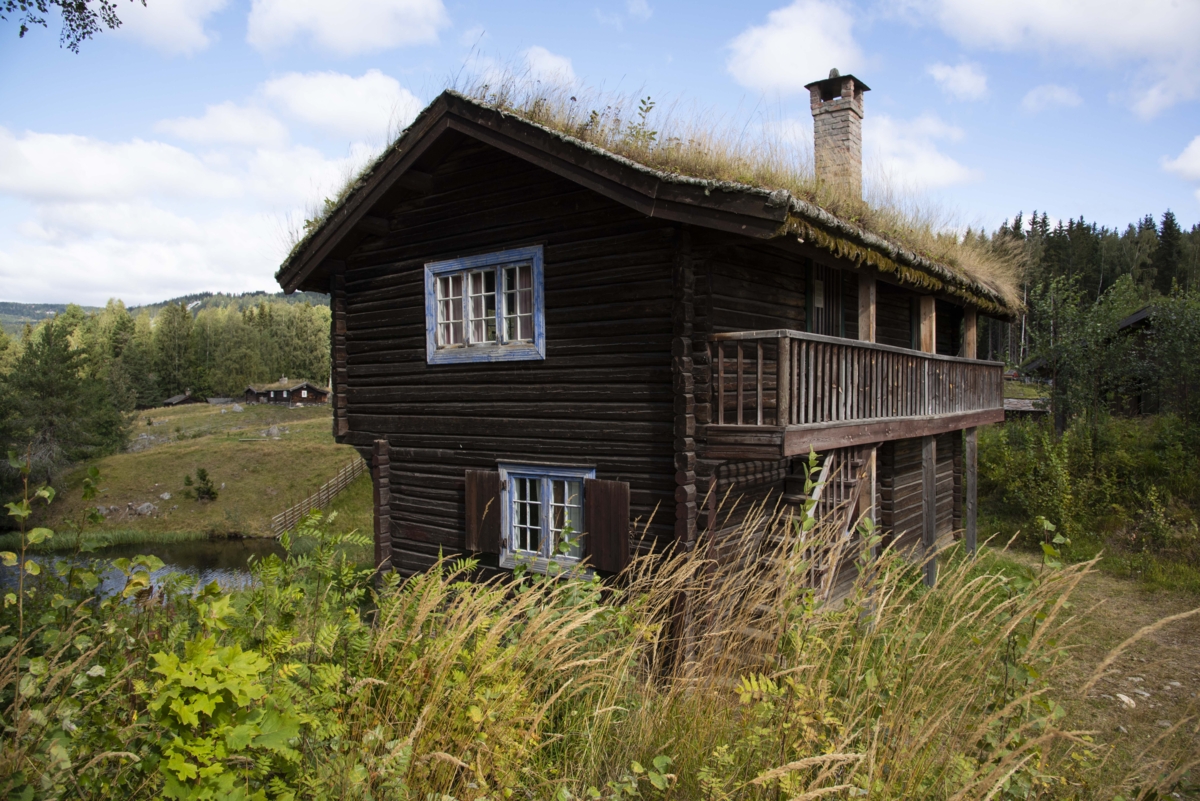
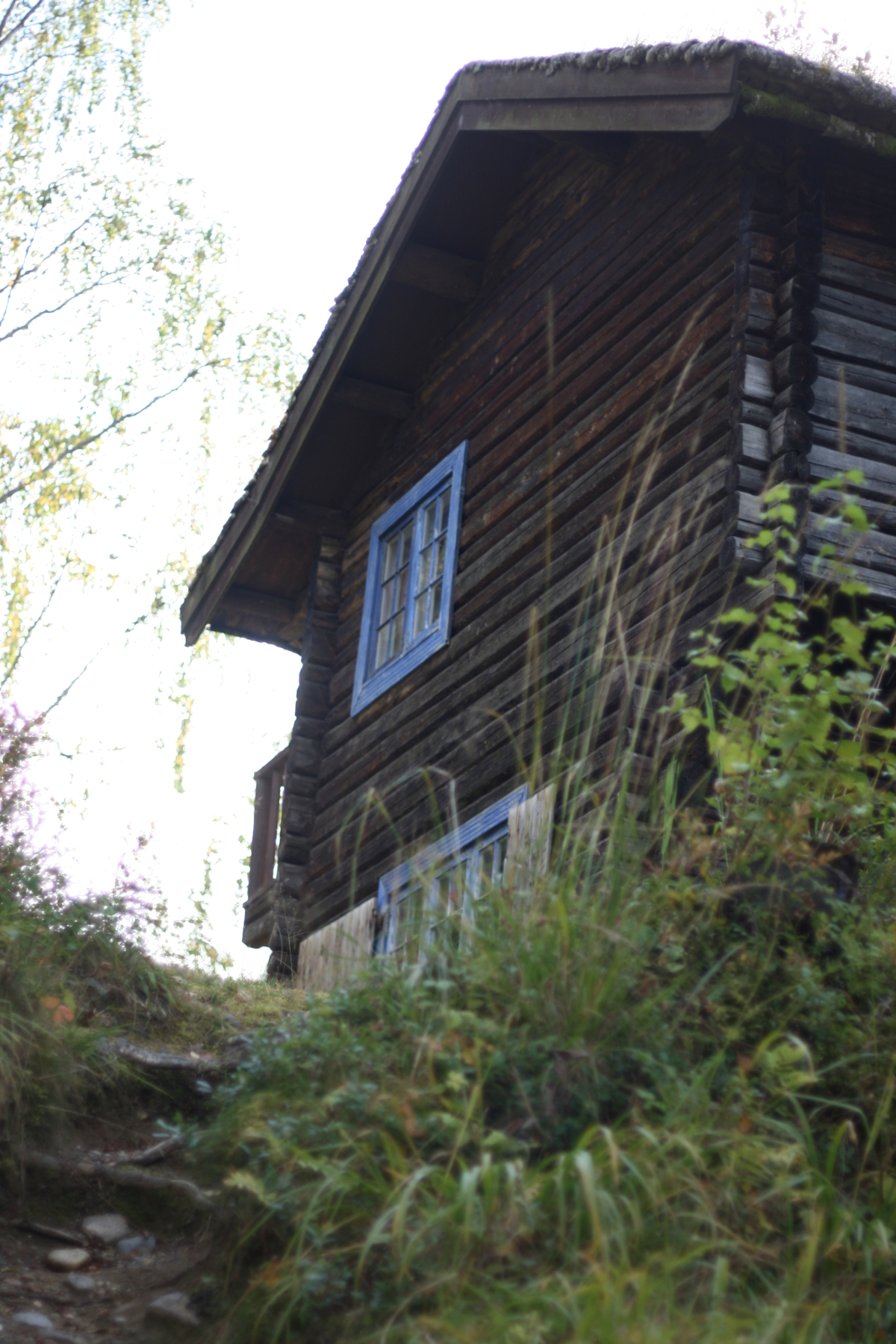
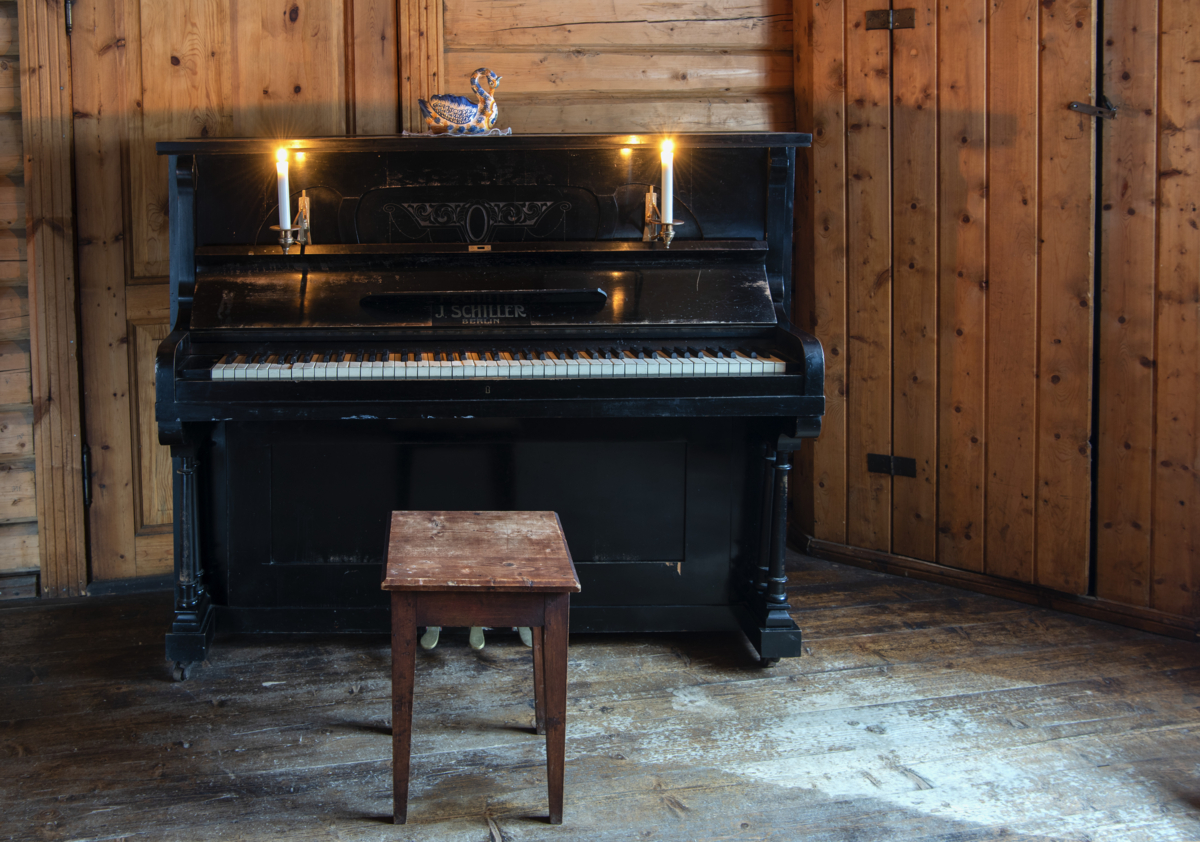
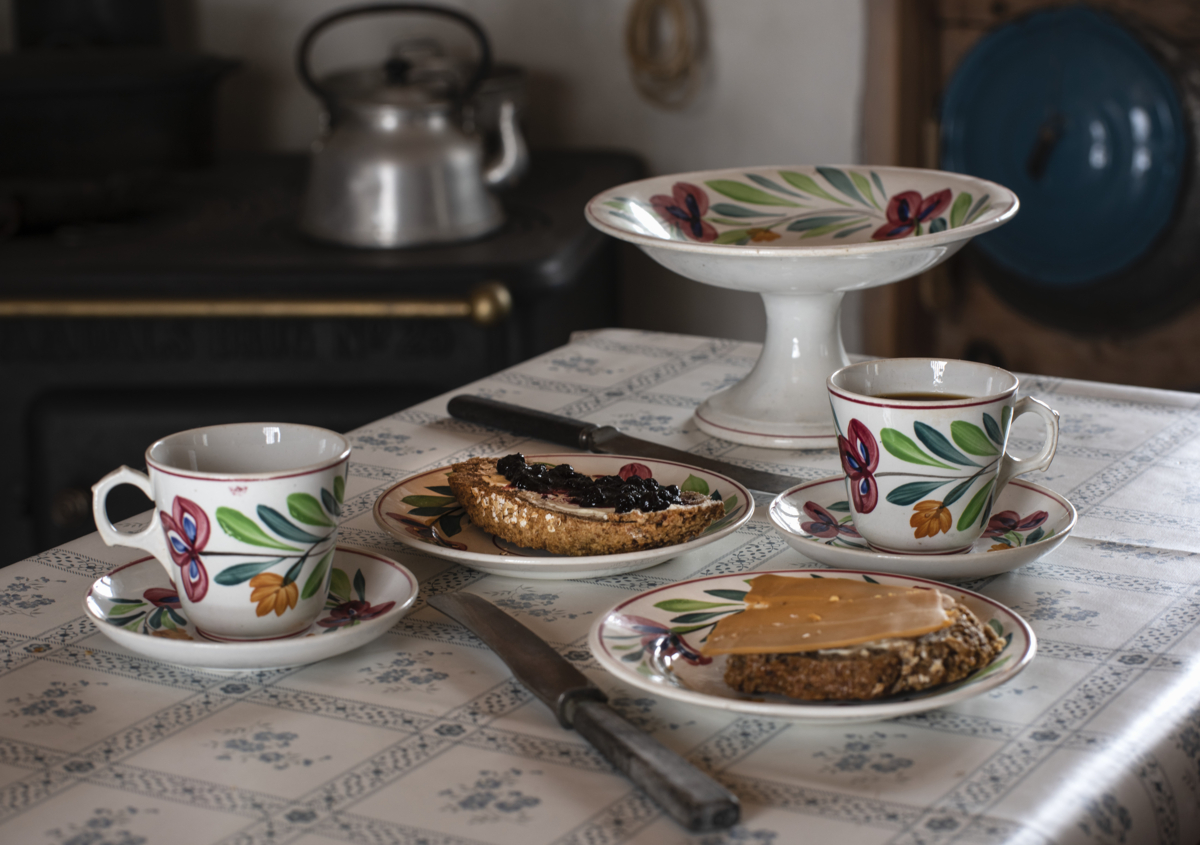
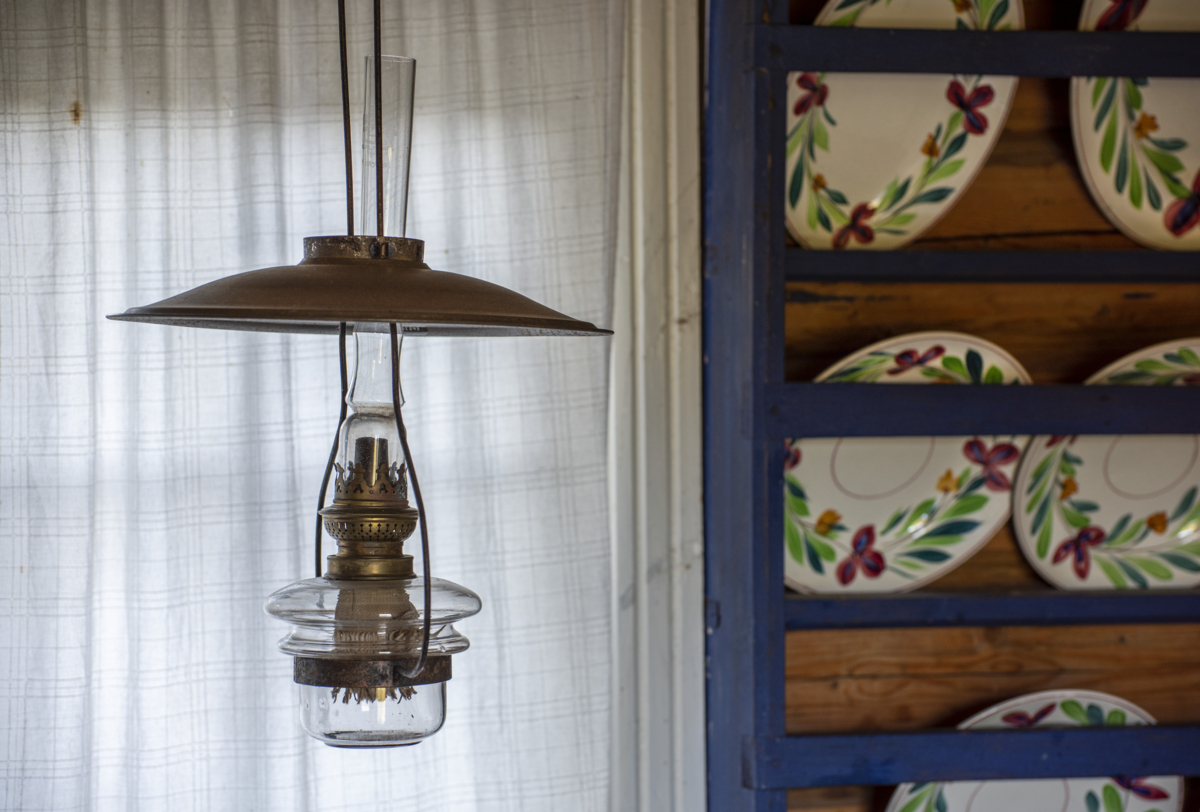
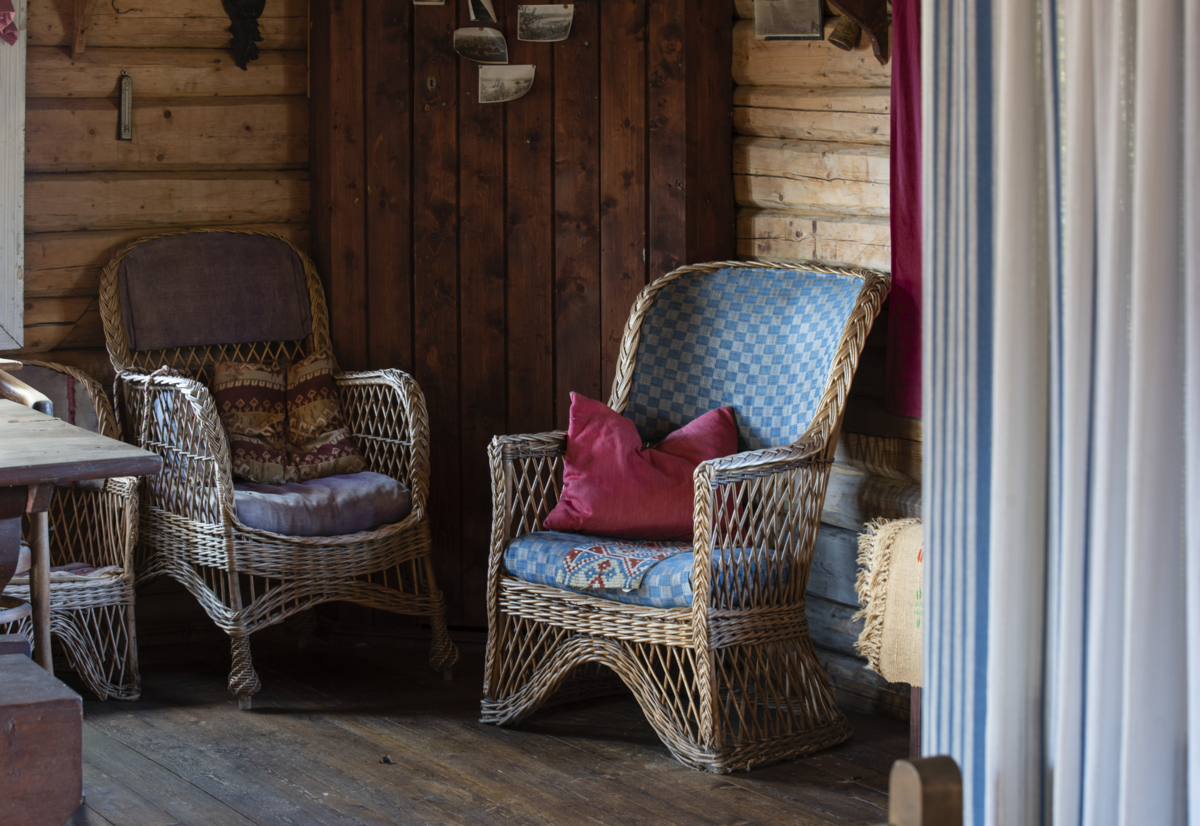
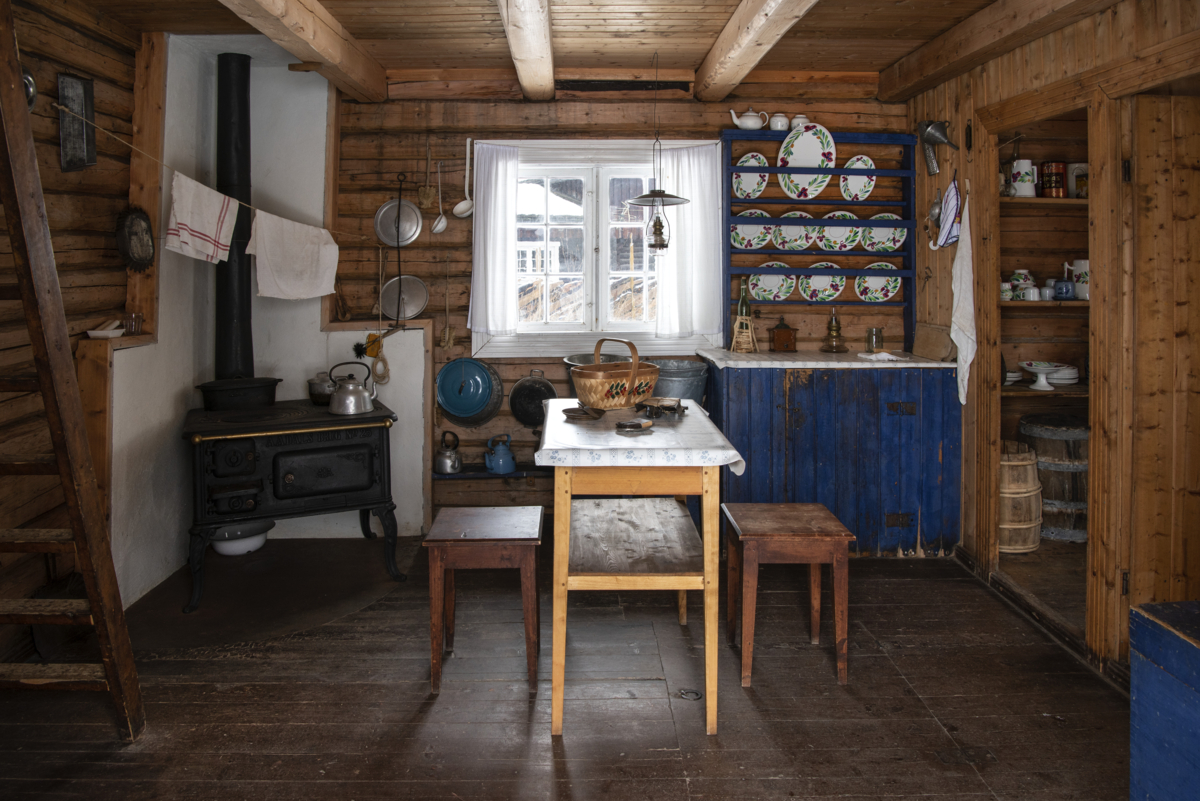
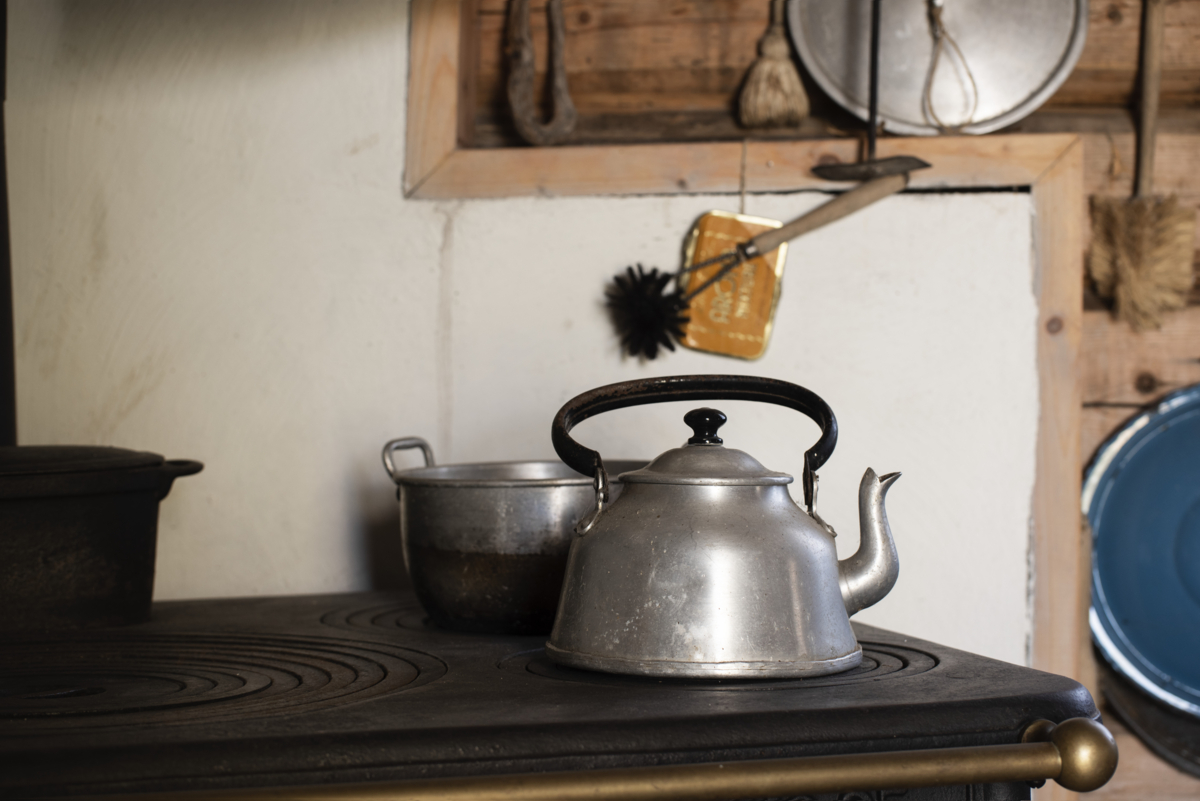

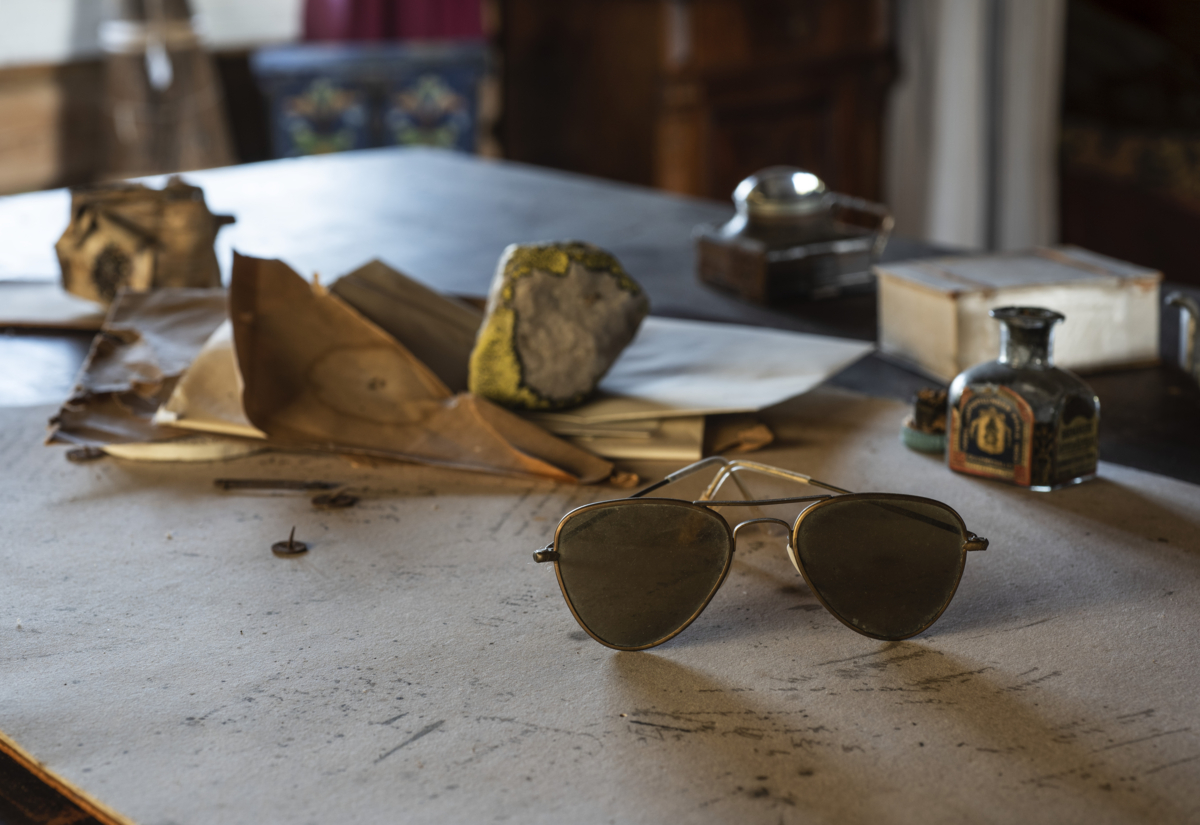
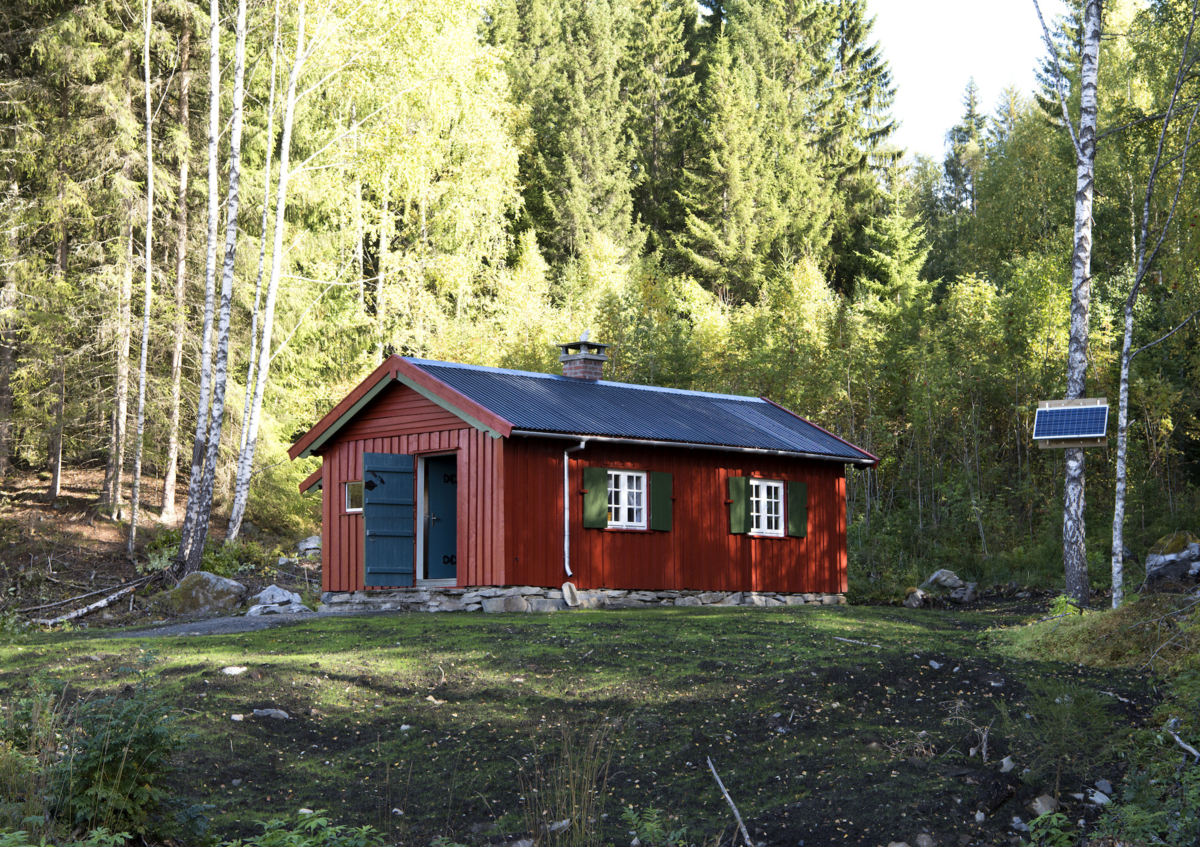


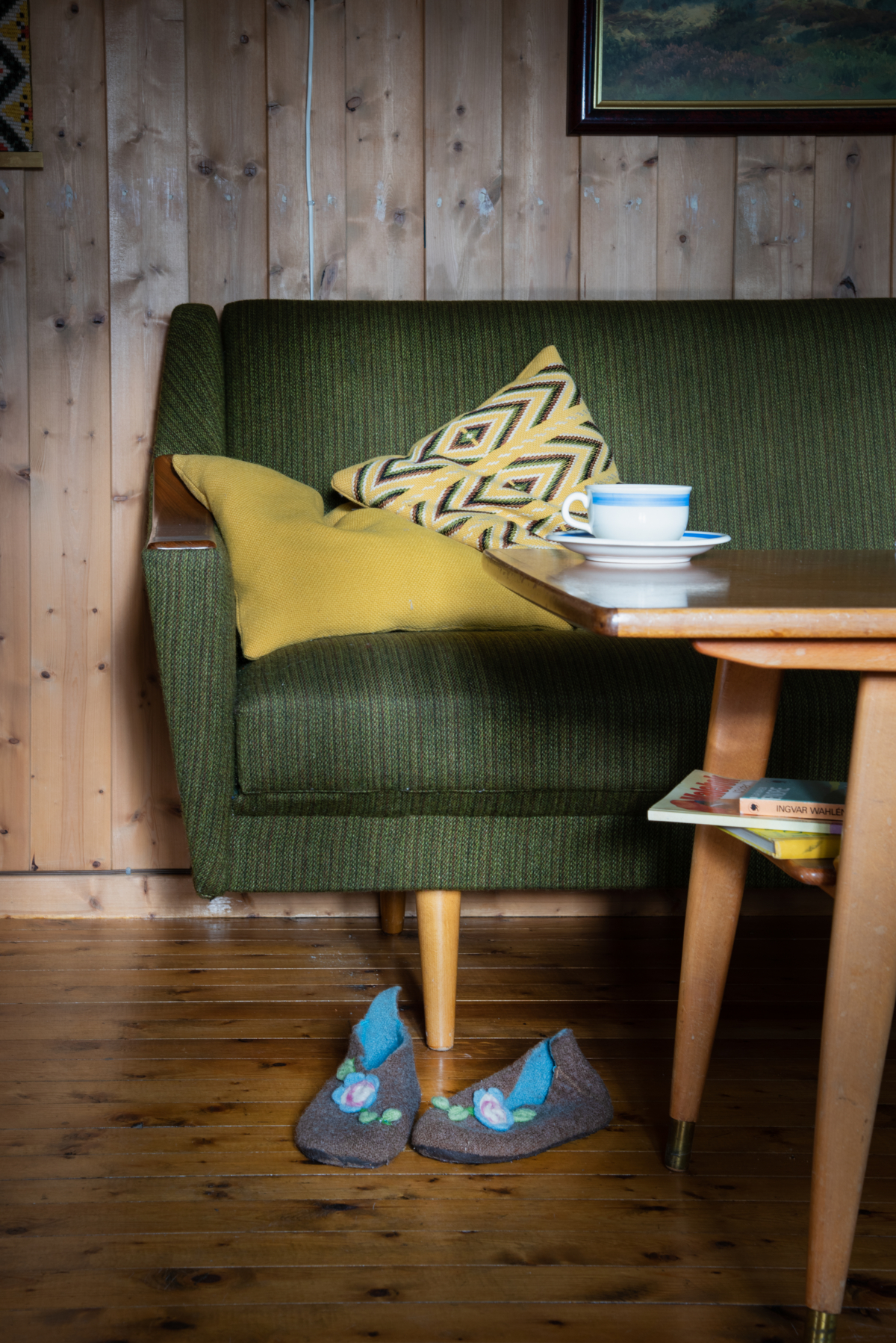




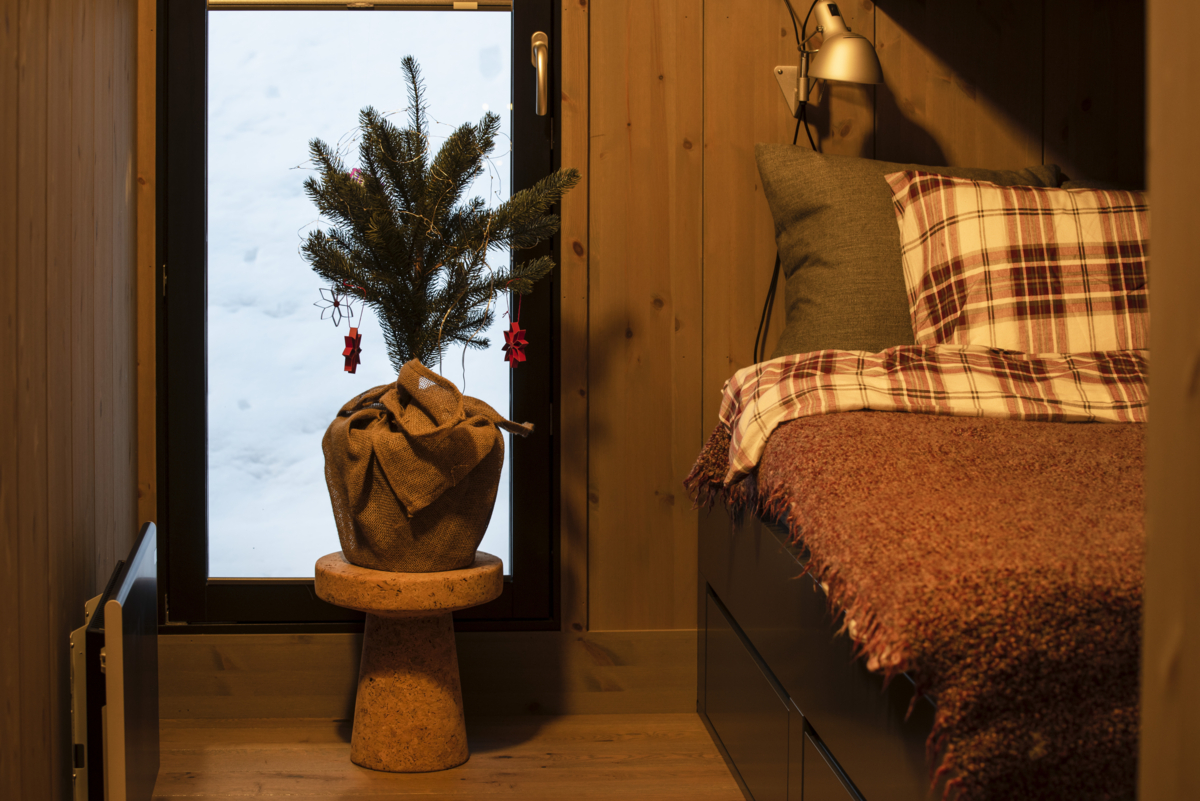
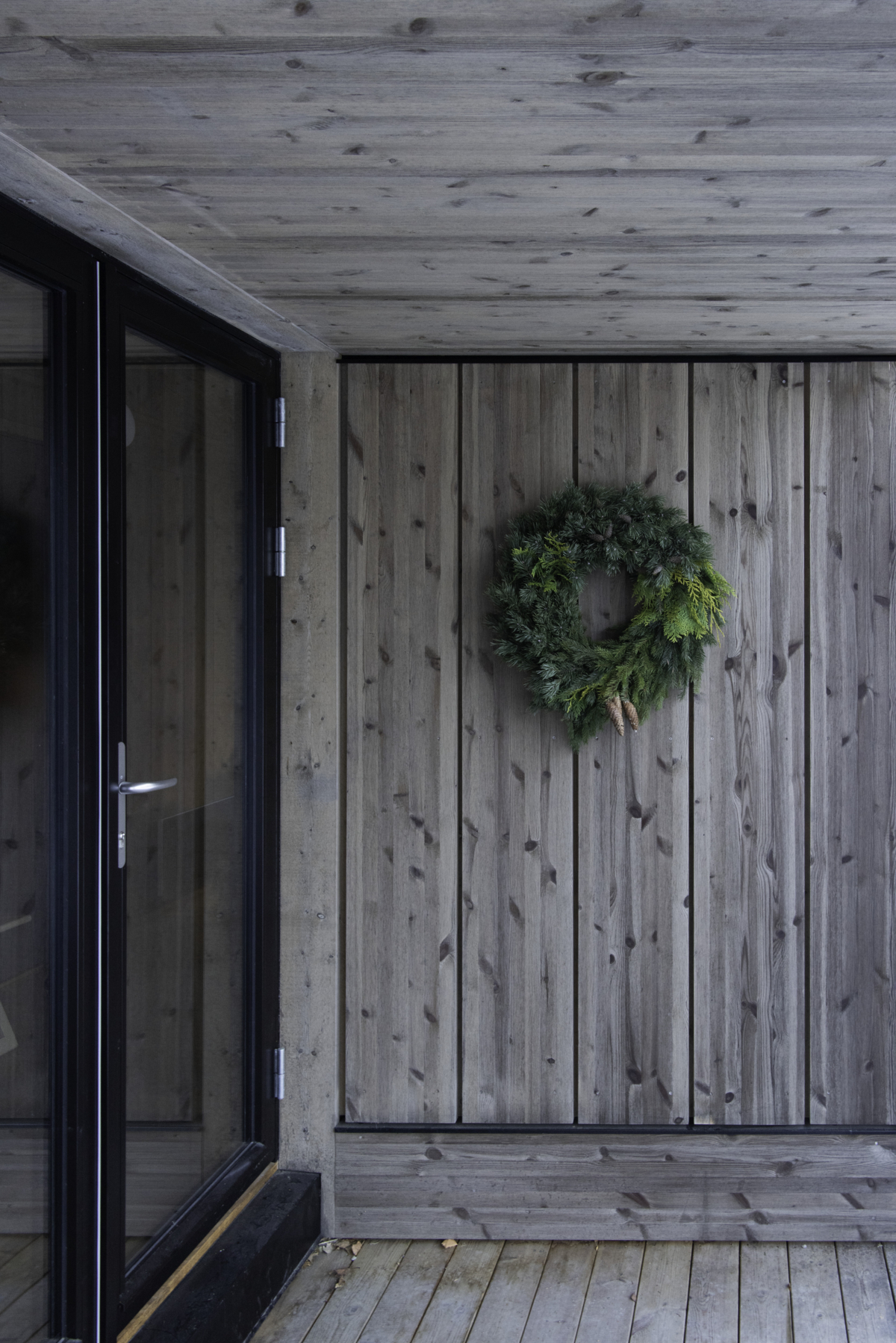

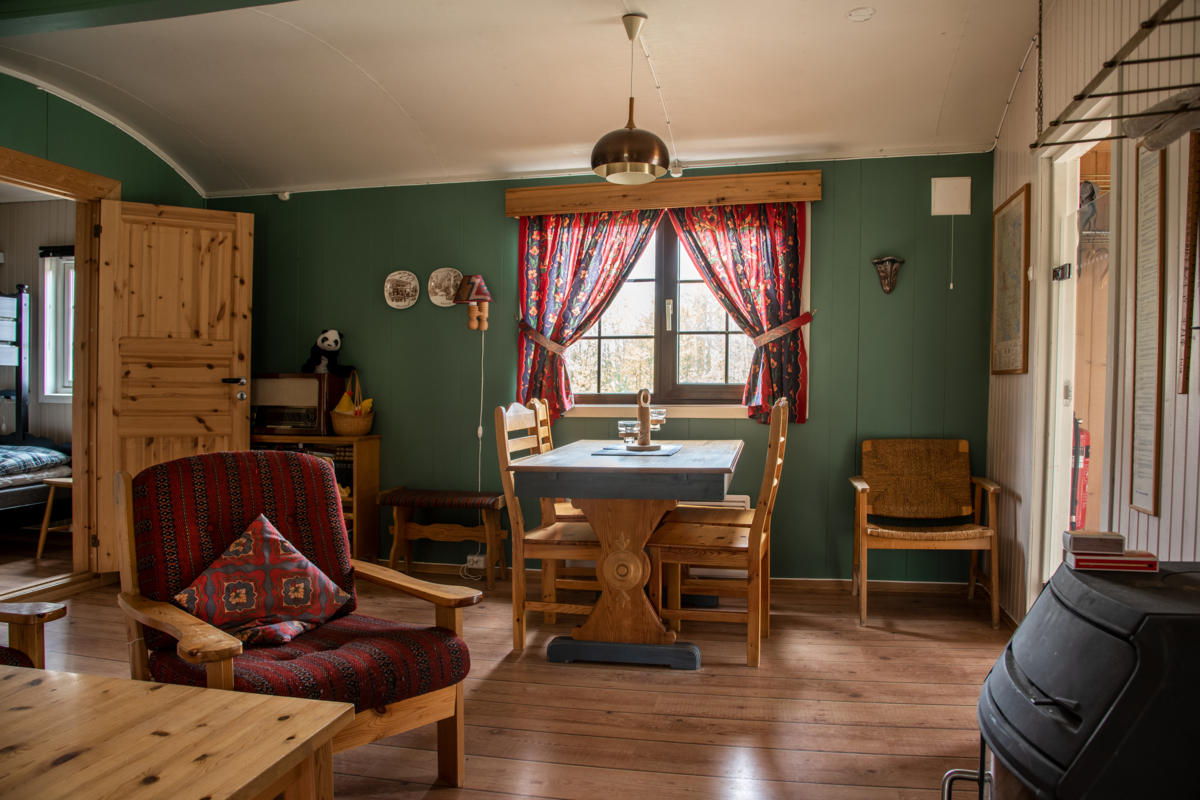
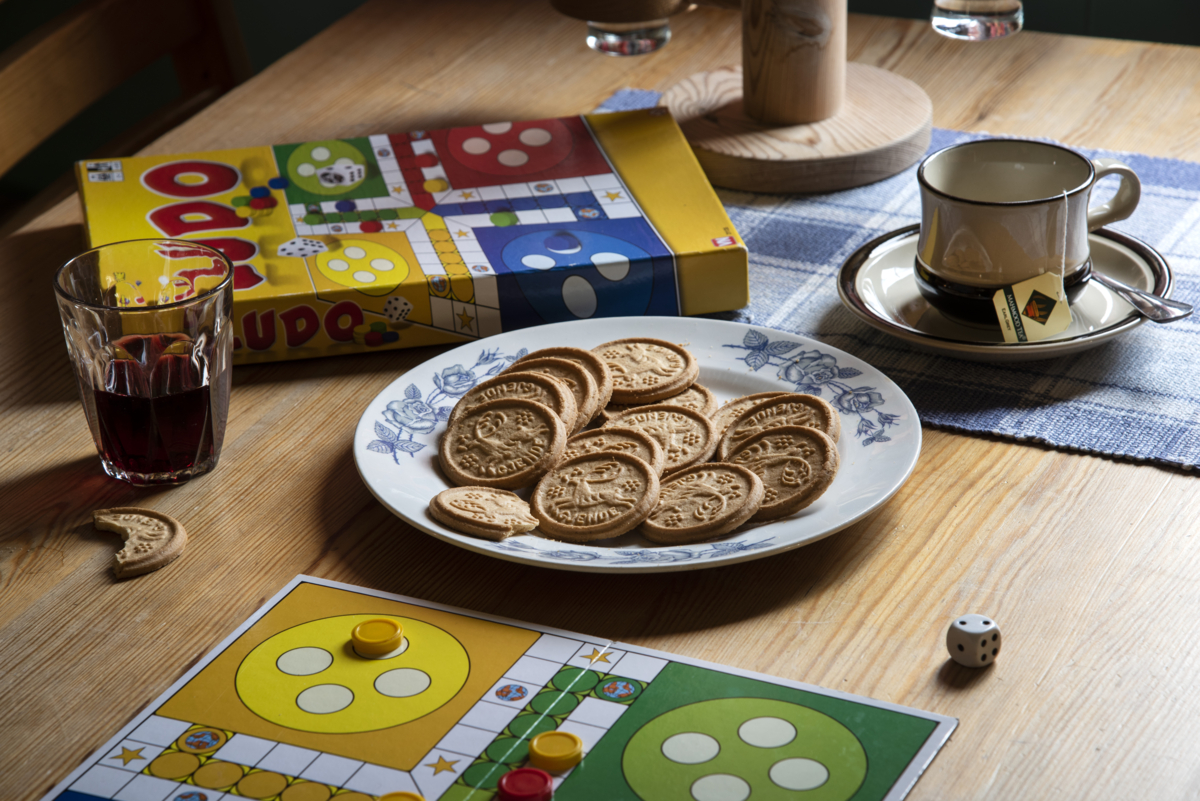
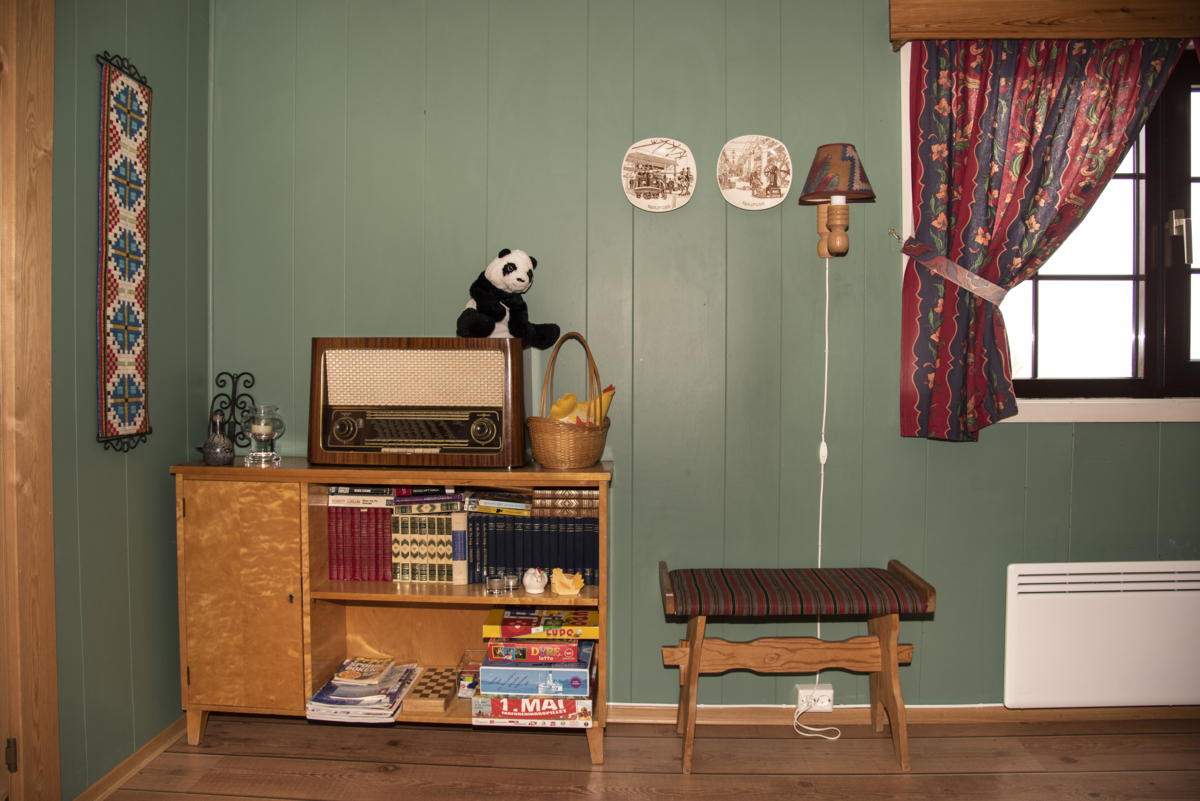
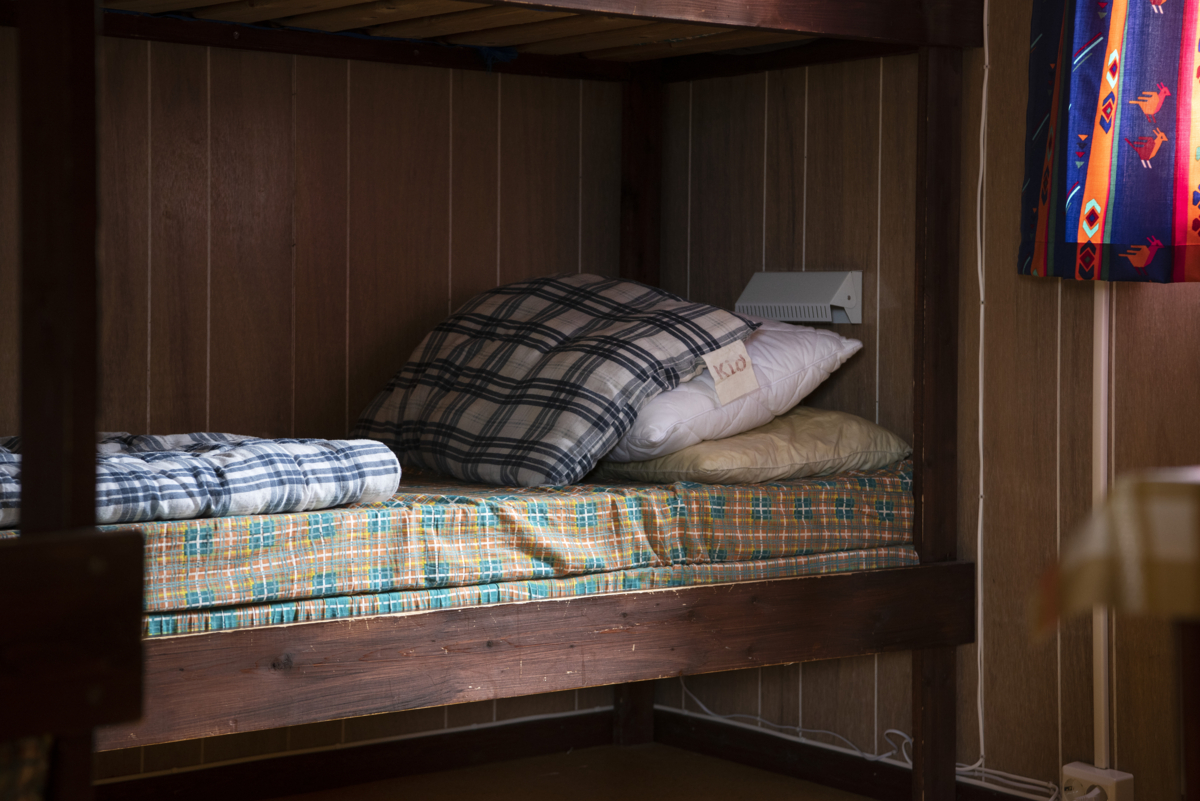
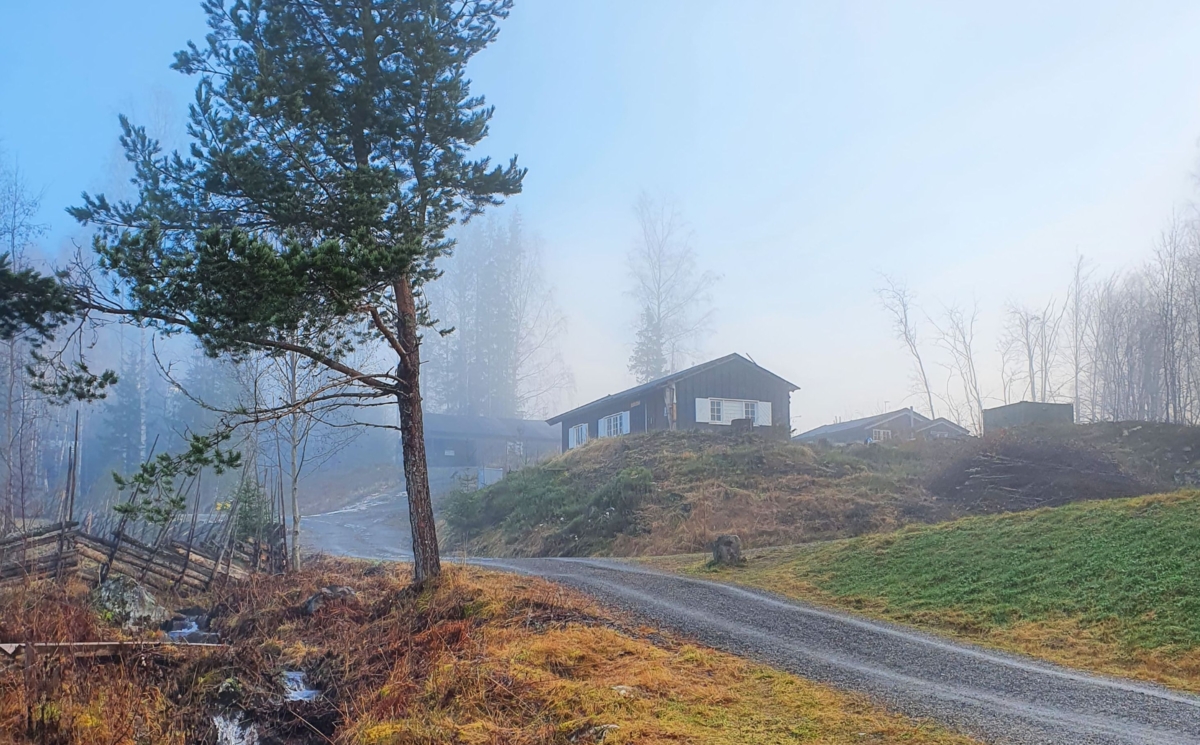



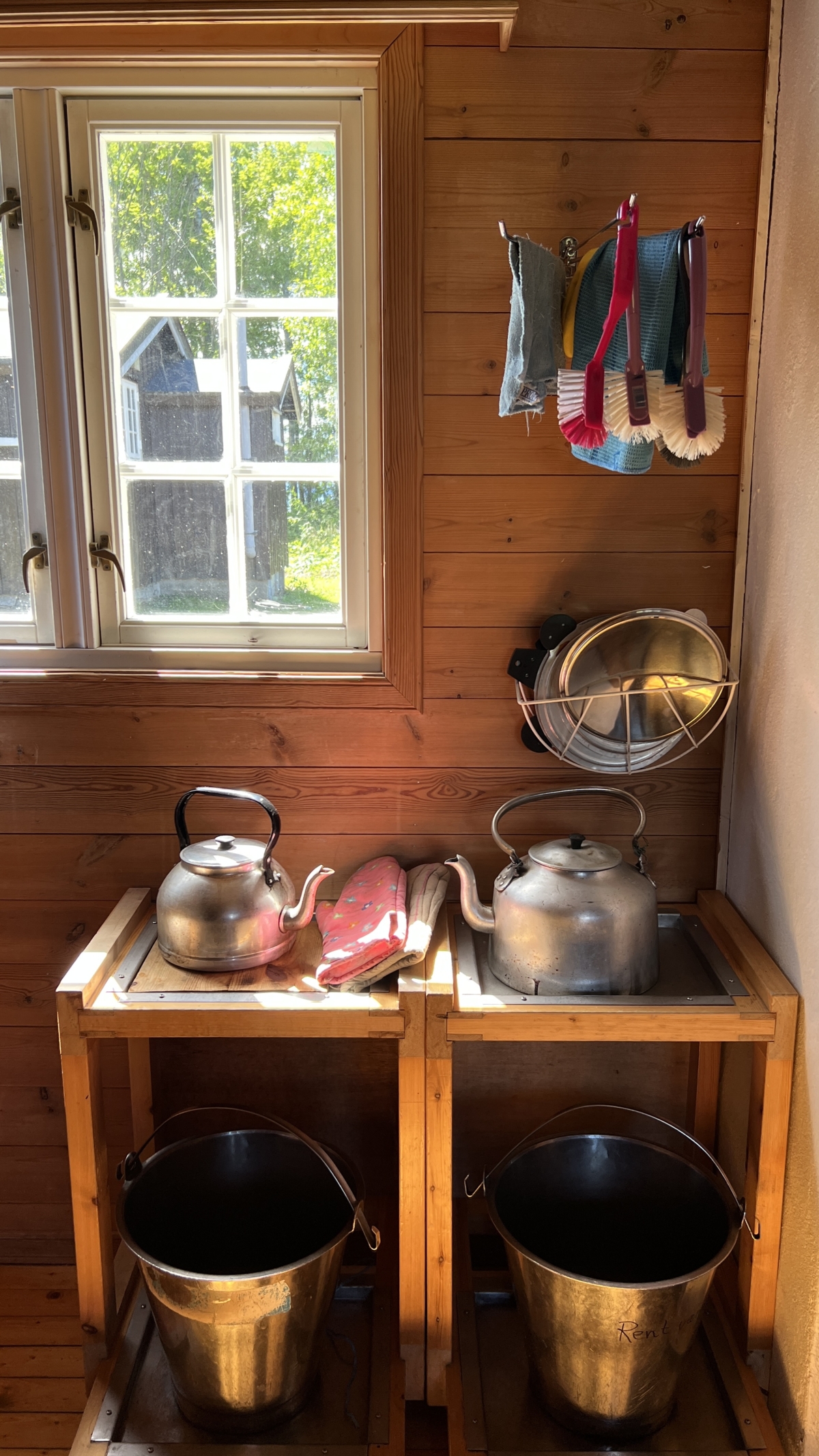

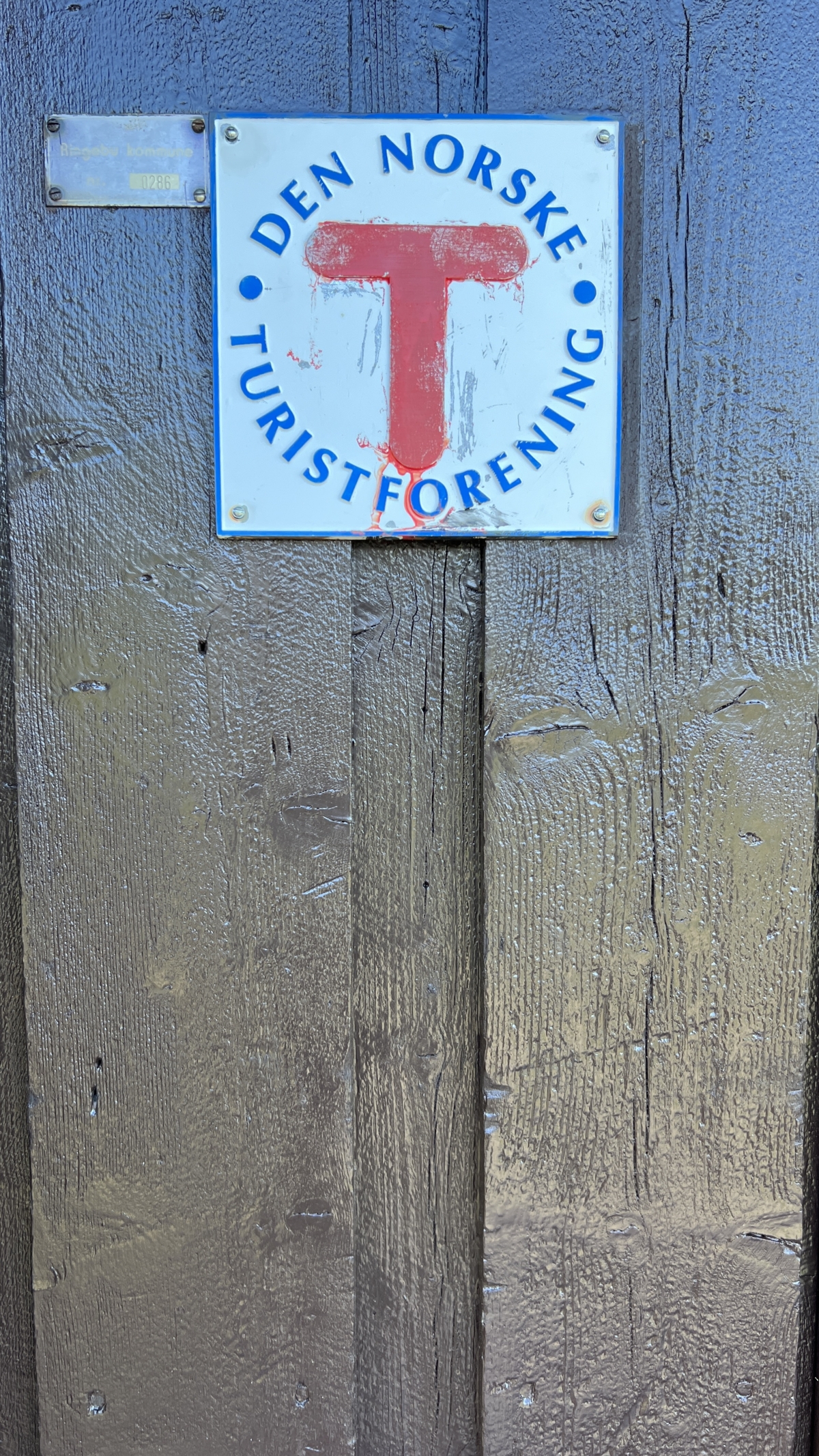
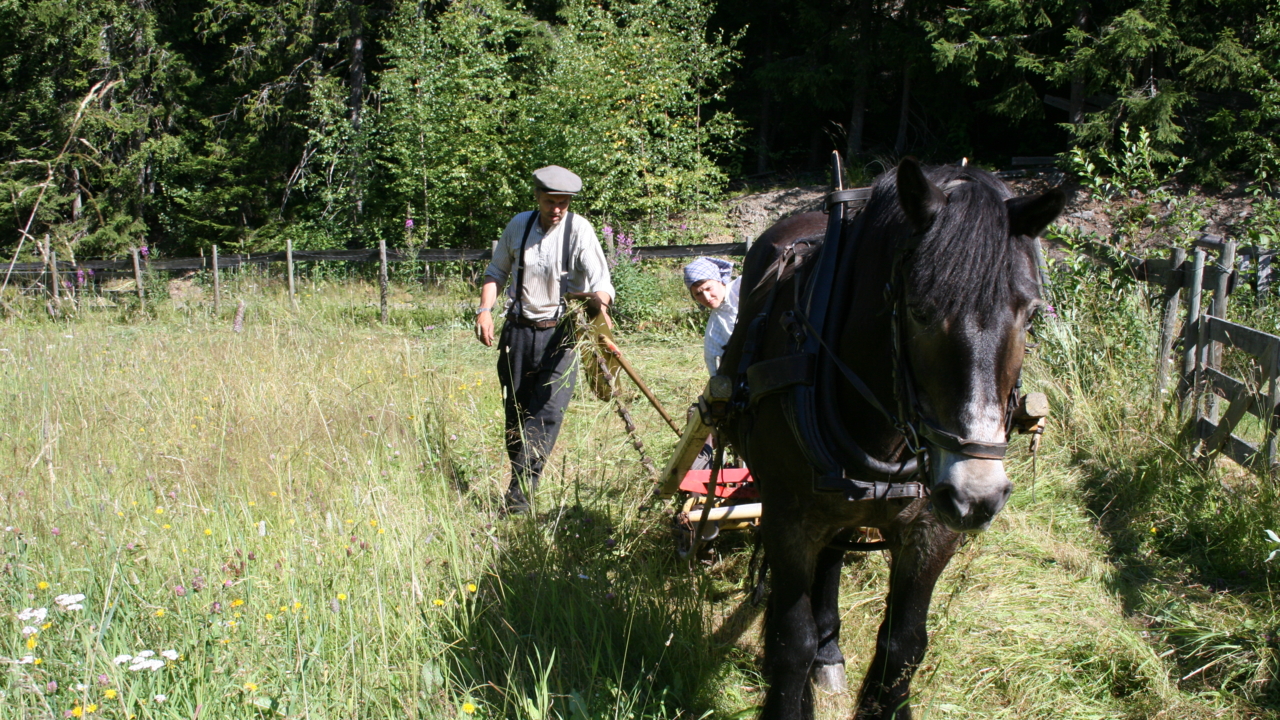
.JPG)